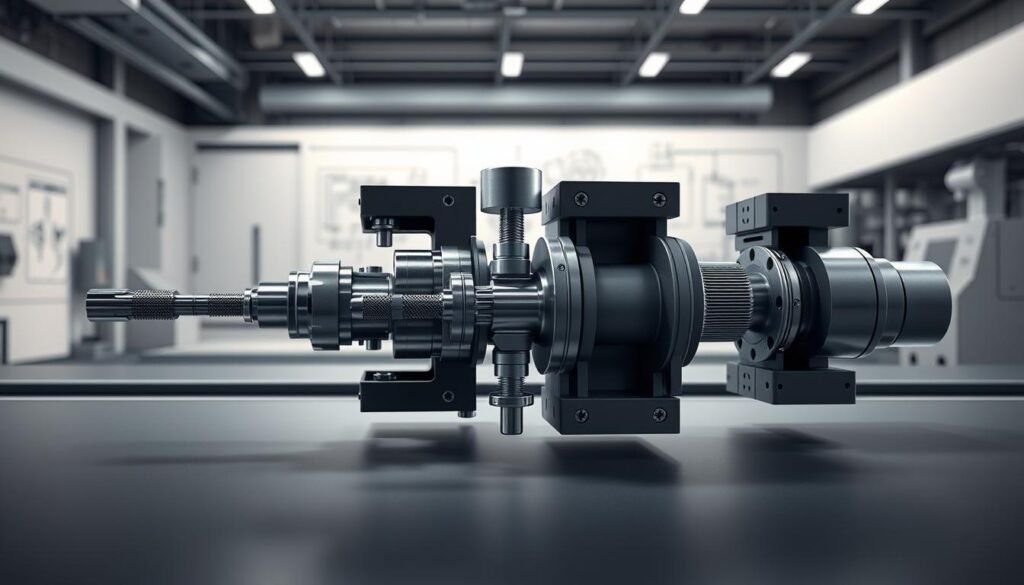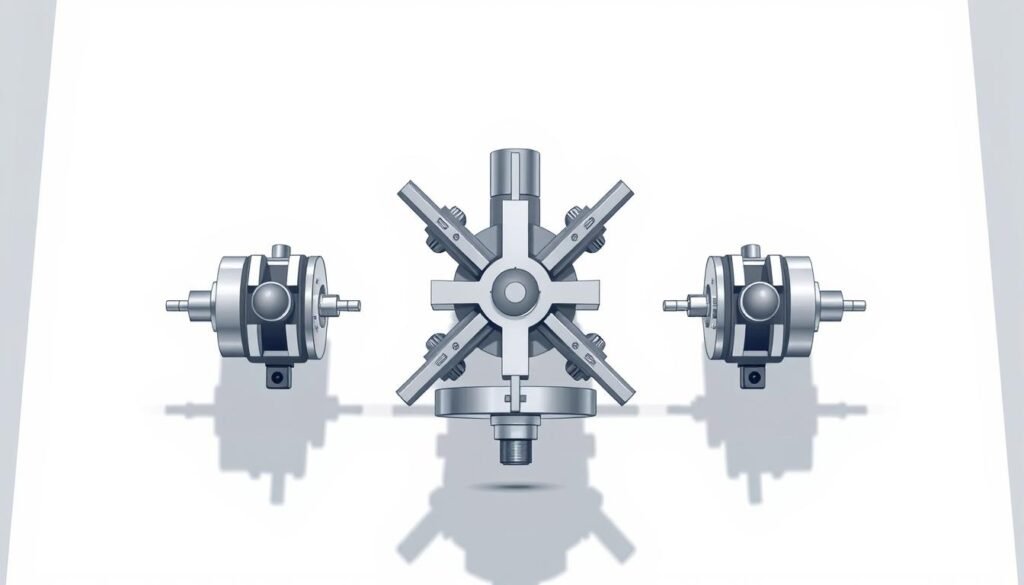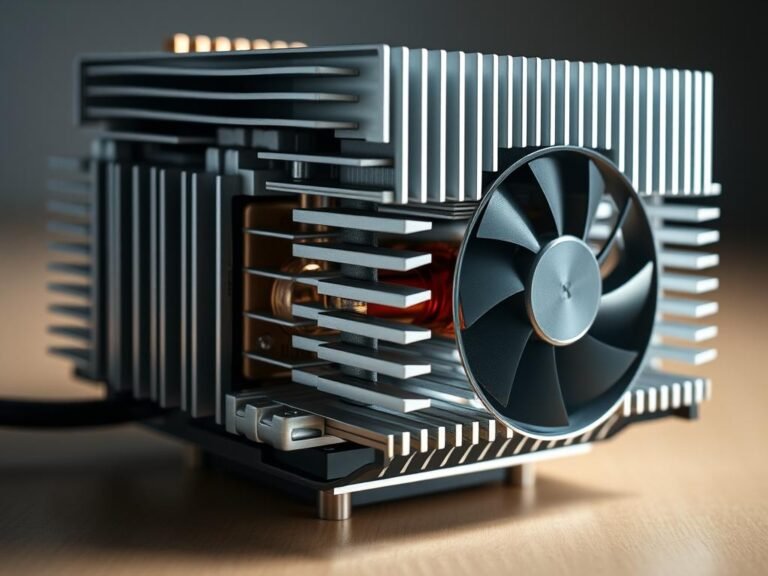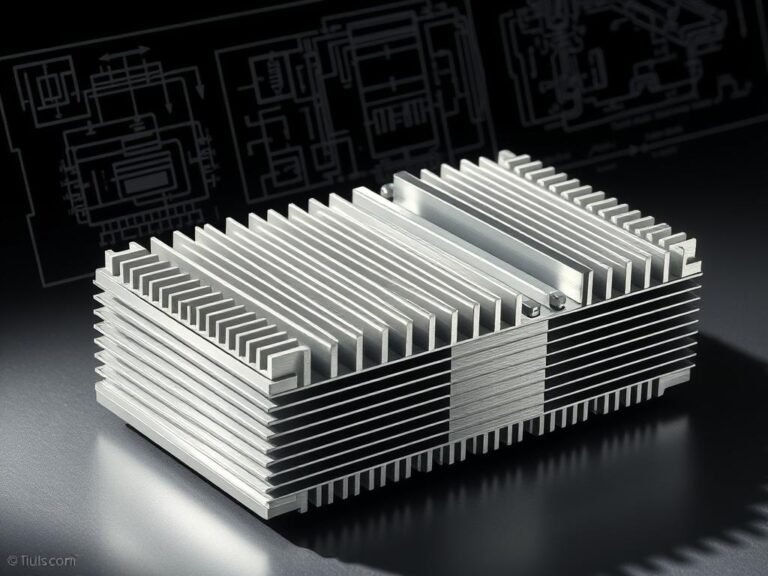The number of axes in a CNC machine determines its performance and complexity. Modern CNC machining enables precise manufacturing processes through different axis configurations, ranging from simple 2-axis systems to highly advanced multi-axis machines.
Industrial applications increasingly require flexible CNC machines with more axes. This technological development allows for more complex machining strategies and increases productivity in various manufacturing sectors such as machinery, automotive, and aerospace.
Key findings
- CNC machines vary in the number of their axes.
- More axes mean higher machining precision.
- Technological development enables more complex manufacturing processes.
- Different industries use different axis configurations.
- The number of axes directly influences machining capabilities.
The axis count of CNC machines.
CNC machines are defined by their axis configuration, which directly determines their range of motion and machining possibilities. The number of axes is crucial for the performance of various machine types in the modern manufacturing industry.

- Linear axes: movements along straight lines
- Rotational axes: rotational movements around a point
The CNC axis configuration determines the precision and complexity of machining. The more axes a machine has, the more versatile its machining capabilities.While 3-axis machines are sufficient for simple machining, 5-axis systems enable complex three-dimensional machining.
The number of axes is the key to the flexibility of modern manufacturing technologies.\
Modern machine types vary in their number of axes, which directly affects their range of motion. Development is steadily moving towards higher axis counts to enable more complex manufacturing processes.
Overview of different axis configurations
The world of CNC machining is characterized by various axis configurations, each opening up specific manufacturing possibilities. The number of axes determines the complexity and precision of multi-axis machining.

Modern manufacturing technologies fundamentally differ by their number of axes. Each additional axis expands machining possibilities and enables more complex workpiece geometries.
3-axis CNC machines: the foundation of precision machining
3-axis CNC machines form the foundation of industrial manufacturing. They move along the X, Y, and Z axes and are ideal for:
- milling operations
- simple drilling
- basic contour milling
4-axis CNC machines: extended movement freedom
4-axis CNC machines add a rotation axis and enable more complex machining strategies. This additional axis allows:
- more complex workpiece machining
- more precise rotary movements
- machining of round parts
5-axis CNC machines: highest flexibility
5-axis CNC machines represent the pinnacle of precision technology. With two rotational axes, they can:
- Manufacture geometrically complex components
- Achieve difficult processing angles
- Create ultra-precise surfaces
6-Axis machines and more: Limits of feasibility
Machines with 6 or more axes are specialized machines for highly complex manufacturing processes in aerospace and medical fields.
Influence of the number of axes on the complexity of processing
The number of axes in CNC machines directly determines the complexity of machining and significantly expands manufacturing capabilities. As the number of axes increases, the requirements for CNC programming and the technical skills of machine operators also rise.
Modern manufacturing companies like Siemens and DMG Mori are increasingly investing in multi-axis machines to produce more precise and complex workpieces. The aerospace industry and medical technology especially benefit from these technological advancements, as they require highly complex geometries with minimal tolerances.
The challenge lies in balancing technological performance and economic efficiency. More axes mean higher investment costs, but also improved precision and shorter processing times. Companies need to carefully weigh which axis configuration best meets their specific production requirements.
Future developments in CNC technology will focus on smarter control systems and more flexible axis configurations to further optimize manufacturing capabilities and reduce machining complexity.


